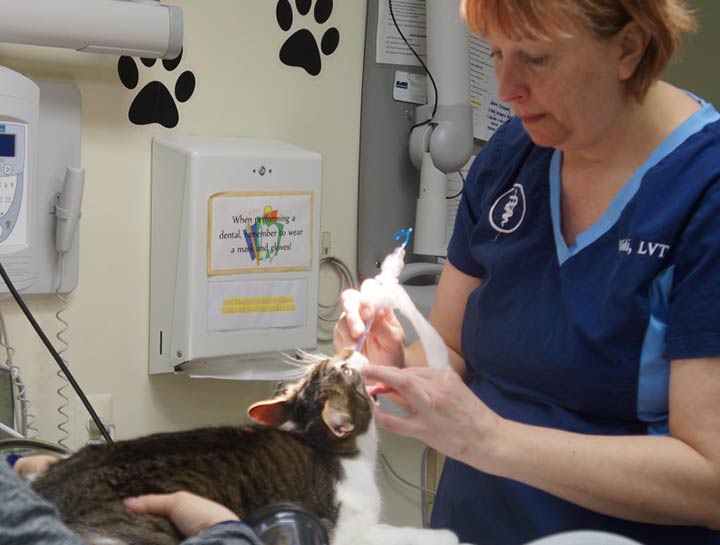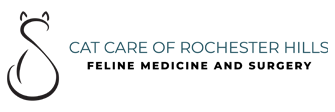Dental Cleanings
Your cat's cleaning
Dental procedures start with general anesthesia. All patients are induced with isoflurane, a gas inhalent anesthetic. They are then intubated, in which a tube is placed down their trachea to protect their airways. Every single dental procedure done at Cat Care includes an IV catheter for direct venous access during anesthesia, as well as intra-venous fluid therapy throughout the surgery to suport your kitty's organ function.
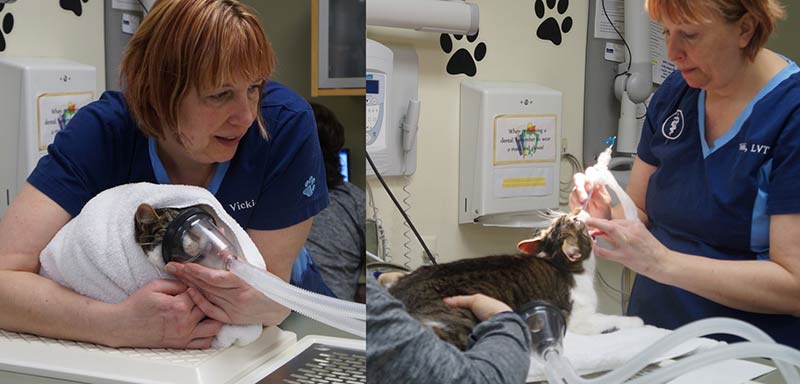
Once anesthetized, a general exam and charting of the teeth is done by a Licensed Veterinary Technician. The technician looks for tartar, gingivitis, gum recession, and any pockets or open spaces around the gum line.

The technician cleans the teeth using a high speed piezoelectric scaler, which vibrates to loosen and remove any plaque, tartar and staining from the teeth. The teeth are then polished to help smooth out the surface of the tooth, fluoride is applied for strength and to combat sensitivity, and Ora-vet barrier sealant is applied to help slow down tartar build-up.

Once the licensed technician finishes cleaning the teeth, they take full mouth dental radiographs. Did you know that over HALF of your cat's tooth structure is below the gum line? Dental radiographs allow us to visualize the health of the entire tooth. The veterinarian then looks to see if there are any dental problems, such as odonoclastic resportive lesions, severe gum recession, fractures or mobile teeth. The veterinarian performs any procedures to repair or remove teeth as indicated in their physical exam and the dental radiographs.
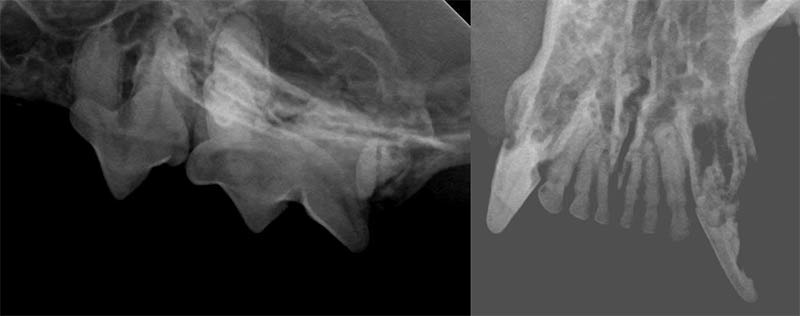
We give all patients pain management prior to starting the dental procedure. However, patients who have had extensive dental work may need pain management after the cleaning and at home. The veterinarian will make this determination. All patients are given supportive fluids during the dental procedure.
Patients are awakened from anesthesia and monitored throughout recovery. Due to the quickly metabolized nature of our anesthetics, we are able to feed our patients very soon after they are awake. Most cats are ready to go home early in the afternoon after dental cleanings.
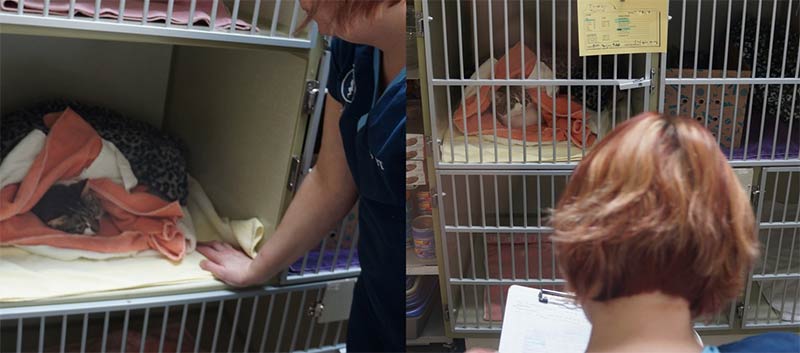
How do we monitor our patients during the dental procedure?
Patients are monitored throughout the procedure by listening to their hearts and watching their breathing rate. While a licensed veterinary technician and veterinarian manually monitor the patient, we concurrently use a pulse-oximeter. This is a monitoring machine that tells the technician the patient's heart rate, oxygen levels, and their breathing rate.
Body temperature is also monitored throughout the procedure. To help maintain body temperature, we utilize various sources of heat like electric heating pads, hot water blankets, warm towels, socks placed on the patient's extremities, self heating pads, and hot water bottles. We also have the ability to recover a patient in a heated cage.

